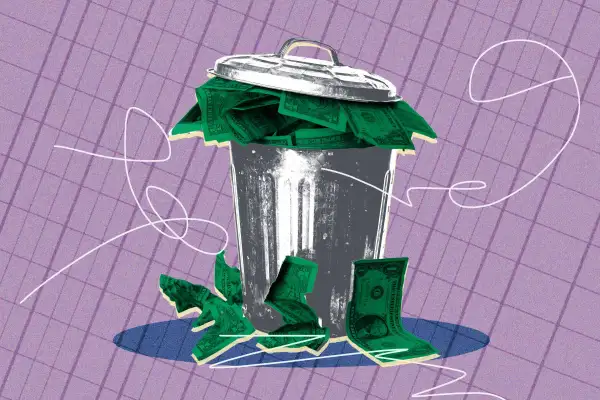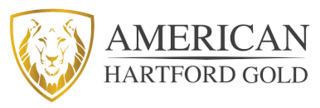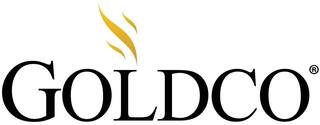Millions of Americans Have Retirement Savings Stuck in 'Junk IRAs'

Millions of Americans have money sitting in "forgotten" retirement accounts from 401(k)s at previous jobs, and new research shows that high fees can wipe away these savings.
In the shuffle of changing jobs, workers often overlook their 401(k)s — especially when the accrued savings is relatively small. Yet these accounts, which often have just a few thousand dollars in them, create expensive administrative burdens. If the balance is less than $7,000, employers typically move abandoned 401(k)s into what are called Safe Harbor individual retirement accounts, a type of IRA designed for this exact situation.
But despite the friendly-sounding name, the actual products can be predatory, according to a new paper from PensionBee. The research finds that Americans have $28.4 billion in Safe Harbor IRAs — a staggering sum, considering they're supposed to be temporary holding products for these funds.
"'Safe harbor' sounds good. It sounds safe," says Romi Savova, CEO of PensionBee, an online retirement platform. "But the reality is, based on the research that we've done, it's often not."
There's a whole industry of so-called "Junk IRA" providers offering products that can "drain retirement accounts through excessive fees and minimal returns," according to PensionBee's research.
PensionBee found that many of these Safe Harbor IRAs charge flat monthly fees ranging from $1 to $5. "On the average Safe Harbor account size of $2,718 this can be as high as 2.2% annually — meaning many participants pay far more than in a typical 401(k)," the paper reads. The company's review of the Safe Harbor IRA market also uncovered enrollment fees, paper statement fees and percentage-of-balance fees as high as 0.5% per year.
By comparison, the average plan fee for a 401(k) ranges between 0.27% and 1.26%, depending on the size of the plan, and if you were to rollover your savings into an IRA of your own choosing, many popular online brokers offer accounts that have low or no maintenance fees, meaning you'll only pay the expense ratios for the investment funds in your account.
By 2030, the total sum held in Safe Harbor IRAs could climb to over $43 billion in some 13 million accounts, according to the paper's analysis, which is based on earlier research by the Employee Benefits Research Institute. (It's important to note that PensionBee offers a Safe Harbor IRA product of its own, so the company has skin in the game.)
Forgotten 401(k)s are ending up in junk IRAs: report
With millions of Americans apparently holding funds in Safe Harbor IRAs — and many not even knowing it — you may be wondering if you've forgotten an old 401(k) somewhere along the line.
How would people even find out if they have money in a Safe Harbor IRA? Savova explains that employers are supposed to send letters before rolling over any balances. But those systems don't seem to work consistently. In fact, only 12.8% of accounts are recovered and transferred within a year and only 25% of accounts are moved within three years, according to the paper.
"To the extent the letter has been sent — you may not have opened it. If you did open it, you may not have fully understood the contents of that letter. Unless you are really an expert in this system, you may not know that you have been forced out at all," Savova says.
If this becomes a pattern for an employee over multiple job changes, the net effect can be a major setback for their retirement planning. In an extreme example in which a 20-year-old worker switches jobs every two years until they're 30, neglecting five 401(k)s in the process, PensionBee models a $90,000 shortfall from these mistakes at the time of retirement.
To avoid Safe Harbor IRAs entirely, job switchers should promptly roll over any smaller 401(k) balances to a new 401(k) or an IRA of their choosing.
More from Money:
This Underused Retirement Strategy Could Boost Your Fixed-Income Payout by 23%
Why You Should Open an IRA in Addition to Your Workplace 401(k)






